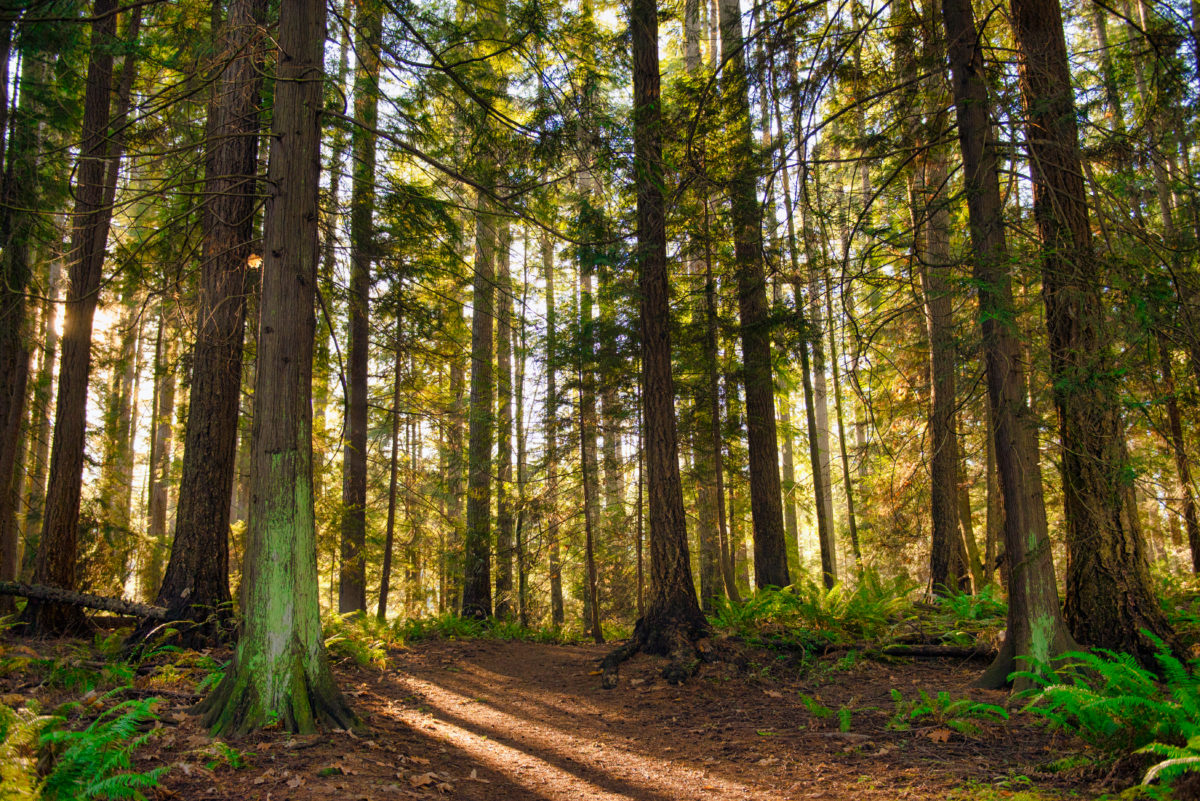Nature Knows and Psionic Success
God provides
How to turn your cottage walk into a stress-reducing “forest bath”

Most cottagers understand the calming power of trees. That moment when you arrive and step out of the car, breathing in the aroma of pine and spruce, or stretch out in a hammock, watching the golden cottonwood leaves tremble against a deep blue autumn sky, is cathartic. Canadians are forest people at heart—with 979 million hectares, or 40 per cent of our country’s landscape, forested—and we seem hardwired to find solace in the woods. The practice of Forest Bathing is growing in popularity around the world as more trained outdoor guides offer this kind of mindful meditation while walking in the woods. Also known as the art of the Japanese forest therapy, or shinrin-yoku , it is recognized in Japan as an important relaxation and stress management technique, and is part of the country’s preventative medicine regime. Scientists have now quantified that relaxing feeling you get while surrounded by tall trees. Under their canopy, real healing can occur, especially when forest bathing becomes a regular practice. They’ve also warned that when we stop spending time outdoors, we suffer both physically and mentally from a syndrome dubbed “nature deficit disorder”. Children are particularly vulnerable as the rapid changes in technology and social media pull them further from the natural world every day. In his book Forest Bathing: How Trees Can Help you Find Health and Happiness , Dr. Quin Li, an associate professor at the Nippon Medical School in Tokyo, outlines the work that has been done by the Japanese government to study the effect of forest bathing on human health. I recently went on a guided walk through the impressive old growth forests around Qualicum Beach, 150 km north of Victoria with Ronda Murdock and her husband Gary, who run Pacific Rainforest Adventure Tours on Vancouver Island. Ronda is […]
Click here to view full article
